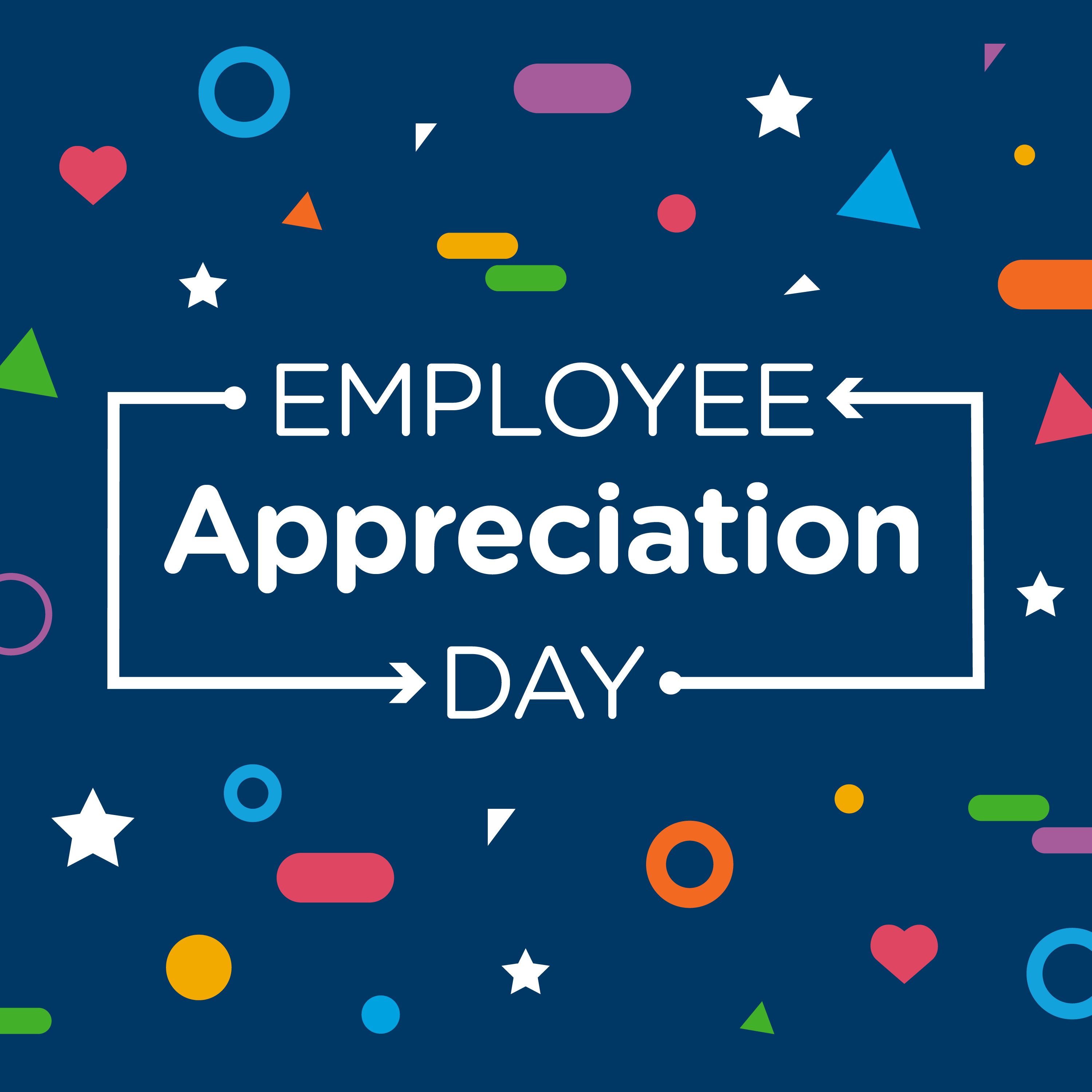
7 min read
Employee recognition and reward has received a lot of attention in the last decade. Companies around the world are spending a collective $46 billion on reward and recognition programmes and just last year, AON reported that of all the factors that drive employee engagement, recognition and reward is the leading one globally.
Yet, despite studies proving the impact of employee recognition, and the increase in attention and spend over the last few decades, so many businesses are yet to experience an ROI from their R&R programmes.
What’s going on? Bersin & Deloitte’s global study of recognition and reward and recognition found one of the main issues with the way companies have traditionally approached this is with a focus is on reward, not recognition. Not only that, but most of a company’s reward budget goes to token gifts like gold watches or engraved plaques to thank people for their tenure. We identified some of the top reward and recognition frustrations in our research earlier this week, and I wanted to go more in depth on them in this post.
It seems that reward programmes as many of us know and experience them, tend to become meaningless and sometimes even damaging to a company’s culture.
If this sounds familiar, you aren’t alone. How many of these seven common R&R frustrations resonate in your business?

1. Timing – It’s either late or doesn’t happen
“Traditional” reward and recognition (or as we like to say, recognition and reward) focusses on “service” or “tenure” recognition or annual awards. While service awards aren’t terrible things to give, the issue with these alone is it gives little to no opportunity for people to be recognised in the moment. And the average tenure of an employee is only 4.5 years (and less than that for millennials!) — how many stay long enough to get that shiny, gold watch?
Failing to embrace continuous recognition, where you recognise in the moment, means you miss the opportunity to motivate your employees and provide visibility of and reinforce good behaviour.
Today, our employees expect instant gratification. This is partly fuelled by our lifestyle and modern technology – our devices are always on and can give us everything from the latest stock market update or cinema to a week’s worth of groceries in just a few clicks. We are a generation of workers who want what we want right now.
Not all instant gratification is bad. It makes sense for employees to want open and honest communication in a timely manner. Recognition can be a vehicle for some of that feedback if we create opportunities to recognise people at any time.
ANTIDOTE: Provide your employees the opportunity to recognise each other any time, at any place. Empowering employees to recognise each other freely increases your chances of building a culture of recognition - it should be the foundational element to your programme, something that’s open to everyone and anyone.
2. Visibility – When recognition and reward happens behind closed doors
Do your people really know the ins and outs of how people are rewarded or recognised in your company? Or are things left undocumented, and is there an unspoken process that only a select few know about?
A lack of visibility of who is recognised and rewarded across your business leads to double standards, and that can’t be good for your culture.
The 2018 Edelman Trust Barometer shows that right now, employees are facing a major trust crisis. We’re sceptical and distrusting of most institutions, so if you want to stand out as a good employer, don’t recognise and reward employees under a veil of secrecy.
ANTIDOTE: Embrace social recognition programmes and share who gets recognised in a place where all your people can see it. Making recognition visible not only shows your business is genuinely committed to open and honest communication, it also amplifies the achievement and makes your people responsible for telling the good stories that create the folklore and culture of your company.
3. Relevance – If you recognise anything and everything, it ends up meaning nothing
When the rules and rewards of your programme are inconsistent or simply not communicated well, what you end up with is a programme that creates distrust and separation instead of unity and collaboration.
If people are recognising each other for anything and everything and there’s no meaningful criteria to measure what “good” looks like, you risk reinforcing the wrong behaviours.
ANTIDOTE: First, build a programme that puts your values at the heart of recognition and takes the confusion out of the picture. Second, teach employees - especially managers - how to deliver an impactful thank you. Giving your people clear guidelines combats this core frustration of making recognition more relevant.
4. Disappointment – Meaningless rewards are not rewarding
When rewards are impersonal (or offensive!), they can sometimes make the recipient feel worse than if they’d received nothing at all. A poor reward experience can take away the shine of recognition and leaves employees frustrated!
Sometimes this comes in the form of points-based systems where the balance doesn’t translate into a worthwhile reward value, or the rewards available aren’t suitable for your employee demographic, or the item you did choose gets lost in the mail – the list goes on.
ANTIDOTE: Give your people accessible and true-to-value rewards. Almost everything we do is personalised these days, and we should strive to make rewards meaningful, too. Also, providing employees the option to receive it immediately means you don’t lose the momentum of that moment of recognition.
5. It’s generic – Your programme doesn’t feel like it’s yours!
When your recognition and reward system survives on an off-the-shelf platform that doesn’t really reflect your company aside from maybe a logo – it’s dull and your people see it as just another system to log into. When your programme is disconnected from their everyday work flow, the result is… no one cares. You get abysmal login or participation rates.
ANTIDOTE: Use your recognition programme as an opportunity to create a space that brings your employer brand to life. The colours, images, layout and the language should reflect your company’s personality, your current priorities and your company culture.
6. Poor adoption – when you struggle to keep up the momentum
My heart goes out to the HR business partners and employee engagement managers who I’ve spoken to who have gone all out to redesign and launch a brand new recognition and reward programme… only to have a small fraction of their people actually log in and use it.
Recognition and reward shouldn’t be considered an “add on” to your work life – it should be a fundamental part of how your people operate. But clunky systems that are difficult to access or offer a poor user experience, or recognition frameworks that haven’t evolved as your business or your teams have grown, too easily become cumbersome or irrelevant.
ANTIDOTE: To create a culture of recognition, it really needs to be ingrained in everything your people see and do. It might be as simple as implementing single-sign on or providing an employee engagement mobile app that allows employees to give recognition or redeem their rewards on the go. Or, integrate recognition moments into communication channels like Slack, email and publish recent recognition messages on TVs in different offices.
7. Support: Where do I get help?
Running an R&R programme usually takes more time than we ever think it will. Sometimes the paperwork and manual handling alone is so overwhelming we just want to throw it in the “too hard” basket.
If you’re spending way too much time collecting and counting votes, topping up the supply of vouchers in the office, chasing up rewards that have been lost in transit, or on the phone with a call centre support person who isn’t quite sure what you are trying to achieve with your recognition strategy, it may be time to seek a more satisfying solution.
ANTIDOTE: Seek out the experts – any recognition and reward company worth their salt will provide you a client success manager who’s going to partner with you to help you not just build a programme that’s exciting, but will support you in implementing that framework, communicating with your people, and understanding programme performance over time. As your company grows and evolves, so will your employees’ needs, so it’s important to partner with a vendor who’s willing to take that journey with you and adapt as you need them to.
Just as the communication tools that we used in the 80s and 90s wouldn’t cut it for today’s fast-paced workforce, using the recognition and reward techniques that were introduced decades ago will miss the mark today and leave you and your people disengaged.
Even if you start tackling just one of these seven frustrations, you will be on the path to delivering a better experience for your people. When you focus on how to create a culture of recognition in your business, you can start truly moving that elusive needle on employee engagement.

%20(1).jpeg) Alexandra Powell
Alexandra Powell






